Recommendation points
- Groundwater – what’s the problem
- Determine the level of the top water
- Drainage of the site
- Pit for a septic tank
- Anchoring system
- backfilling
- For leaking septic tanks
- Wastewater filtration
The construction of water treatment facilities on heated land is a complex engineering task. We will consider how to install a septic tank with your own hands with a high GWL and ensure a stable position of the tank for many years, explain what recommendations are valid for different types of septic tanks in this regard.
Groundwater – what’s the problem
A septic tank is a volumetric object, which is acted upon by a significant Archimedean force. Since local treatment facilities (VOCs) are completely filled with water mainly in case of accidents, the average density of the tank is always lower than that of the soil, so the entire structure can simply float. Well, or systematically squeeze out to the surface by a few centimeters per year.
For homemade septic tanks with concrete containers, the hygiene problem is especially acute. Liquid seepage is possible both inside and out of containers. In practice, one thing follows the other: first, the septic tank is flooded with groundwater, and then they also carry the wastewater around the surrounding area. This is sometimes the main cause of water spoilage in nearby water intake points..
The third problem is frost heaving of water-saturated soil. For prefabricated concrete containers, such as rings, swelling can threaten the elements to shift relative to each other. Side loads when calculating the strength of the structure can no longer be neglected: you need to either strengthen the body, or eliminate heaving in any available way.
Determine the level of the top water
Before determining the best ways to solve the problem, you should understand how much groundwater will interfere with the normal operation of the septic tank. Naturally, for this you need to know their level, but not approximately, but with a sufficiently high accuracy. In this case, you need to keep a log of records, making measurements every 3-4 weeks. Such dynamic recording of readings will help to understand the absolute maximum and minimum of groundwater, as well as the duration of floods and droughts..
It is recommended to choose several places where the installation of a septic tank is permissible. The topography of the upper water-resistant layer is extremely heterogeneous, therefore it is better to choose an elevated site for arranging VOCs. In any case, several wells will give the most complete picture of the geomorphological situation: from these data, one can intuitively determine the direction of water movement and the nature of their behavior..
Wells are quite simple to do, just arm yourself with a hand-held garden drill. It is necessary to mark several drilling locations that are least susceptible to surface stress. That is, it is better to drill away from paths and paths, it is also better to avoid trees and capital buildings. First, you need to drill holes 35–40 cm each and push inside the casing sleeves made of any material with an inner diameter 20–30 mm larger than the width of the drill. The holes should be extended to a depth of 150–170 cm below the ground level, it may be necessary to use an additional rod.
Special attention should be paid to groundwater if it reaches at least the middle of the height of the main chamber, that is, it potentially displaces more than half of the internal volume. Long-term flooding by 50–70% will require heavier septic tanks, up to 90% – anchoring into deeper soil layers. The complete presence of the septic tank under groundwater is unacceptable – this is almost guaranteed flooding or squeezing out. In such cases, the area around the septic tank must be drained: remove the top water from the septic tank with a cut trench, and on an area with a low slope – with two dumping ditches.
Drainage of the site
Drainage of the site is a special issue, because projects in which the top water never sinks below the VOC depth also face the need for drainage. In such situations, it is simply impossible to do without a drainage system, because the weight of the septic tank can provoke a completely opposite effect – absorption into the ground. However, temporary channels can also be used for laying a stationary drainage pipe system..
Temporary drainage of wastewater by a ditch located 1.5–2 meters higher along the slope of the waterproof layer is the most widespread technique for drainage of land plots with a pronounced slope. Here again, the benefits of exploration with several wells are manifested: this is how a more or less complex idea of the underground relief appears. The ditches should be deepened into the upper waterproof layer, and also ensure their slope in the transverse direction. Superficial limitation of the volume of incoming water can solve the problem of flooding during construction.
In areas without a slope of the aquiclude and with a close level of its occurrence, it remains only to go deep into the ground along a n-shaped contour with an offset of 1–1.5 m from the walls of the future pit. Deepening is carried out until a sump is formed in a waterproof layer about 50 cm deep.It is convenient to pump out water from this depression with a pump or a slurry pump.
Pit for a septic tank
If earthworks are carried out with a slight lag behind drainage, the soil does not have time to gain sufficient strength. Therefore, strengthening the walls of the pit in such cases is strictly necessary; it is most convenient to do this with panel formwork. Since the dimensions of the pit are relatively small, there are either no internal struts at all, or they are installed temporarily solely for safety reasons.
Excavation should begin with removing and preserving the fertile layer. The top layer of the soil is rather loose and moisture quickly leaves it. With a thickness of up to 1 m, the walls in this layer do not need to be reinforced. Shields can be started to be installed at the moment when their edge rises above a layer of clay 30 cm.Further filling with shields occurs along the lower belt: the walls are cleaned, shields are inserted, the inner corners are strengthened with kerchiefs.
The main problem of flooded soils is the presence of disturbances and springs. Therefore, the removal of each successive layer begins with a deepening of the strip along the perimeter: while all the water flows into the ditch, soil is removed from the central island. It is recommended to take this technique into service, because it is quite rare to completely drain the place of excavation..
Excavation is almost always done along a rectangular profile. Even when assembling a septic tank from concrete rings, it is better to place them in a common pit. The walls should be 50–70 cm away from the body of the septic tank; in the case of rings, 20–30 cm will be enough. Such an expansion is necessary for easy removal of the formwork and fastening the septic tank, as well as to perform external waterproofing if necessary. The first difficulties begin already at this stage. For example, it is customary to dig in a septic tank from rings with a subsidence, so you have to think about the mechanism for safely lowering the rings to the bottom and positioning them.
Anchoring system
There are three ways to securely fix containers in the ground:
- Anchoring – anchoring to deeper and denser layers using piles.
- Weighting – fastening the septic tank to a massive concrete base.
- Spacer – using soil resistance to resist extrusion.
Weighting the septic tank is the simplest and most obvious option, it is also the most effective. Knowing the average density of the soil on the site, it is easy enough to calculate the required mass, based on the external dimensions of the septic tank and the ballast under it. The volumetric weight of the septic tank should not be much more than that of the soil, a difference of 100-150 kg / m will be enough3. If the septic tank is concrete, it can also be made heavier on the side edges, usually this is achieved by increasing the thickness of the walls. Septic tanks that do not have sufficiently reliable means of fixation, for example, from eurocubes, can be attached to a concrete anchor with chains thrown over the body.
Pile drilling is used when equipping septic tanks with a volume of more than 10 m3. In this case, weighting is an overconsumption of concrete and time for excavation. Drilling piles is much faster, and the effect of such fastening is even more reliable. The pile foundation is not subject to erosion, at the same time, the mass of concrete is not enough for the manifestation of settlement. The best way to drill piles for such cases is offered by TISE. Drilling of inclined wells is also very widely practiced..
Sometimes it even makes sense to drill into the walls if the soil is dense enough. The latter are called engagement with the surrounding soil, a particular type of which is the casting of horizontal ribs 0.5 m wide on the outer walls of the chamber. And although this is not as difficult as it might seem at first glance, such stabilization methods are required in particularly unstable soils with pronounced frost heaving. In general, ordinary piles are more than enough..
backfilling
The fight against heaving is carried out by replacing the soil adjacent to the septic tank with non-heaving material. It would be an absolute mistake to fill a weighted septic tank with clay mixed with chernozem; it is better to choose a gravel-sand mixture for these purposes. Such a shell is hygroscopic enough to divert water below the freezing depth. At the same time, the low compressibility of such a backfill helps the body to cope with the lateral soil pressure..
A serious weighting system is required precisely for the reason that one cannot rely on the forces of friction of the walls against the ground. In ASGs, the adhesion to concrete and plastic is worse than that of the soil, therefore it is tamped tightly, and the septic tank itself is held exclusively by mechanical connection with a weighting agent or a pile plate.
It is better to take gravel for backfill with a mixed fraction of 10–50 mm; clay inclusions are not welcome in the sand. Filling is carried out in layers of 40-60 cm with manual deck compaction. In the process, you need to monitor the preservation of the position of the septic tank. As the filling progresses, the reinforcement of the pit is also dismantled: for this very reason, it is collected from top to bottom in order to be dismantled in the opposite direction. Sometimes it is recommended to lay geotextiles between the soil and the backfill. Whether this is necessary is decided on an individual basis, taking into account the characteristics of the soil.
For leaking septic tanks
With high groundwater, the septic tank must necessarily be sealed, this is the main requirement for VOCs in this mode of use. This does not mean at all that with a high GWL, the construction of a septic tank from rings, like any other prefabricated one, is impossible. Concrete structures of this type are fairly easy to seal..
First – locks for bentonite cord. Some types of concrete rings have groove joints – this is a definite plus. Make sure that the rings are mechanically connected to each other so that swelling of the liner does not contribute to their expansion. In terms of mechanical connection, it is difficult to recommend anything unambiguously. It can be a mesh under a layer of plaster, and full height reinforcing pins, even overhead brackets. There is only one life hack: at a depth of 6-7 m, the mass of the rings is already enough to restrain the expansion of bentonite.
If the groove connection is not provided in the reinforced concrete structure, you will have to make it yourself. For rings, it is possible to recommend sampling an annular groove on both sides of the joint using an angle grinder and a disc. A steel strip clamp will help keep the rings from mixing. The immobility of the prefabricated septic tank is extremely important; without it, high-quality sealing cannot be achieved..
The main leakage paths for wastewater from the chamber are joints and cracks in the concrete. After installing the rings in the shaft, the joints between them are sealed with cement mortar. After the embedding has dried, it must be cleaned and dust-free, it is advisable to cover the embedment with concrete contact. For use in concrete tanks, a coating waterproofing based on bituminous resins or liquid rubber is recommended. Metal fasteners are treated with the same composition: chains, staples, clamps.
Wastewater filtration
In conclusion, we note that with a high GWL, not only the septic tank itself requires installation using special technology. Separately, you should consider a system for discharging clarified water. Unfortunately, the close location of groundwater does not allow to arrange ground discharge fields due to low filtration capacity and small thickness of the dry layer. In general, the solution is found in two device options.
The first is a filtering embankment. By raising the soil in the local area, it is possible to achieve the required 50–70 cm of the covering layer and 100–120 cm of the filter layer. The complexity of the device of such a discharge field lies in the delivery of significant volumes of fertile soil, because the low GWL does not allow removing the embankment in the adjacent territory.
The second option is a gutter. If a land reclamation network is stretched across the terrain, clarified water can be discharged into the nearest technical ditch. However, this option is not suitable for passive septic tanks of the anaerobic principle of operation: for an open discharge, the degree of wastewater treatment should be at least 90%, which in practice is possible only in active three-chamber VOCs with aeration and an activated sludge transfer system.

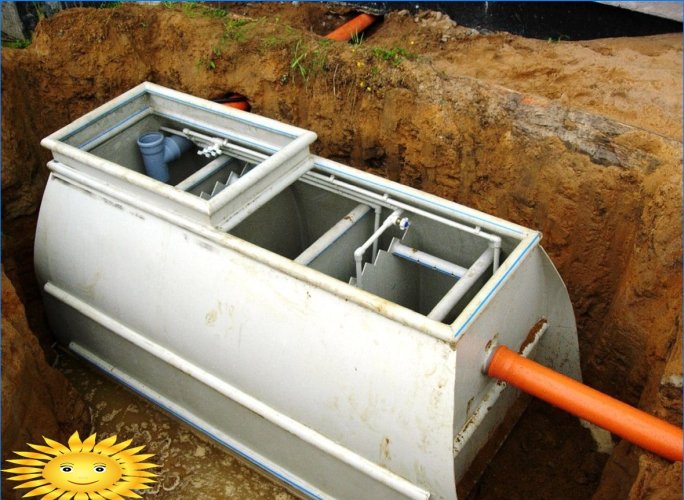
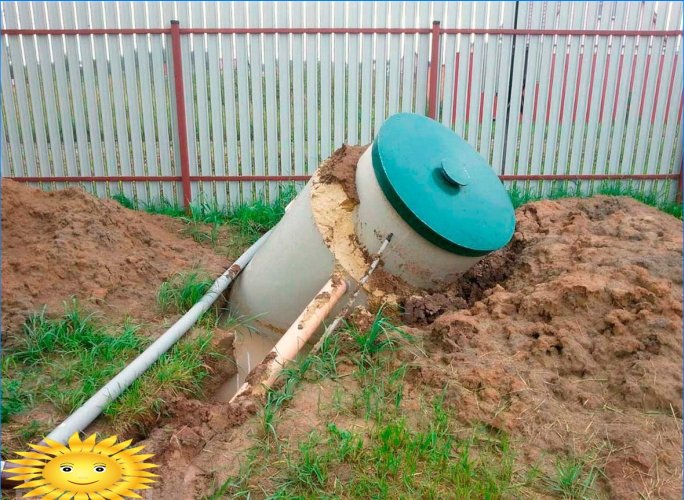
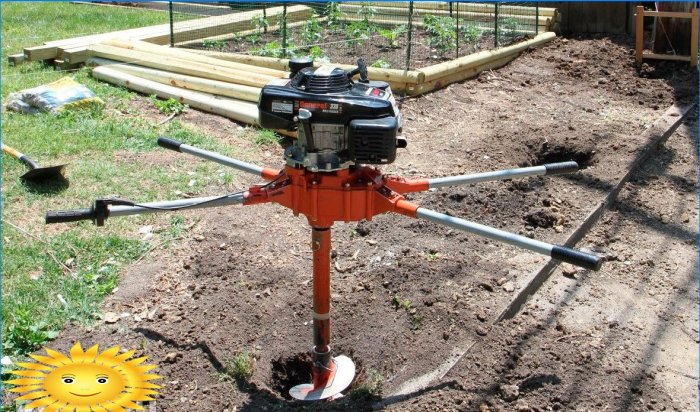
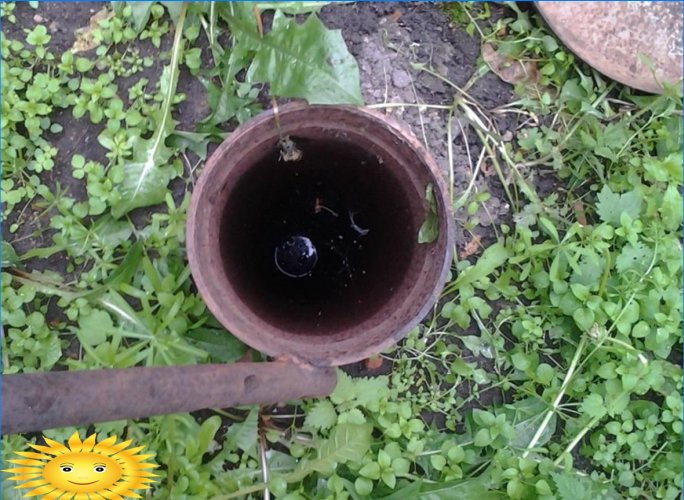
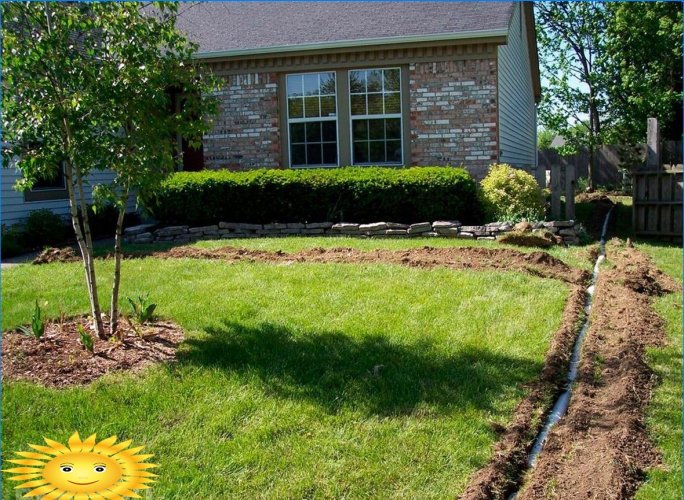

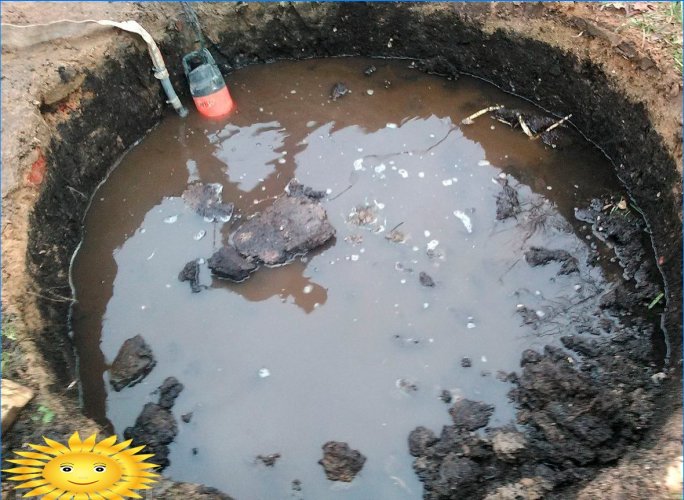
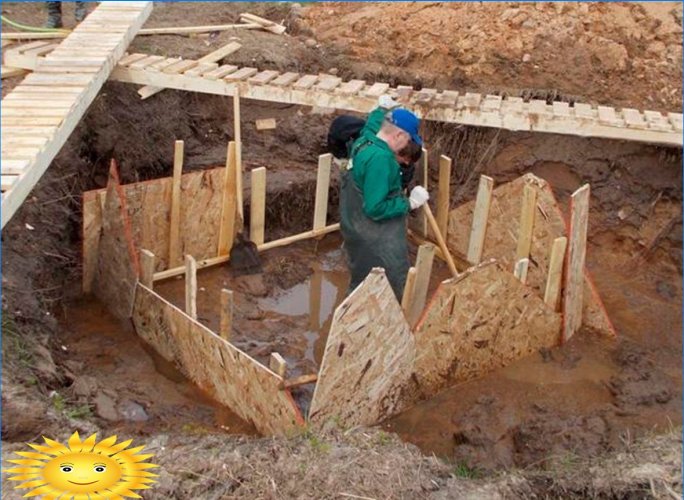
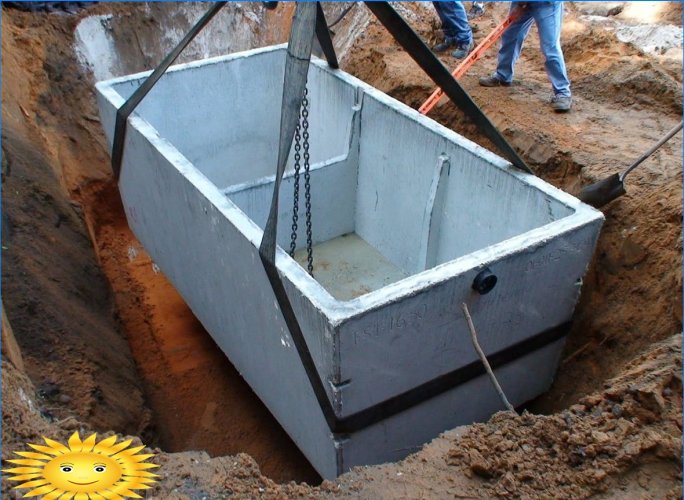

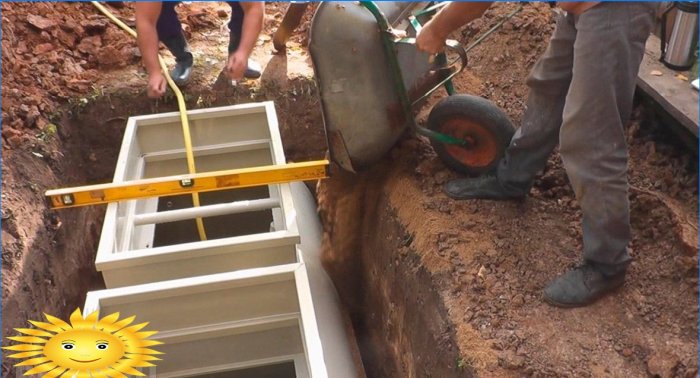

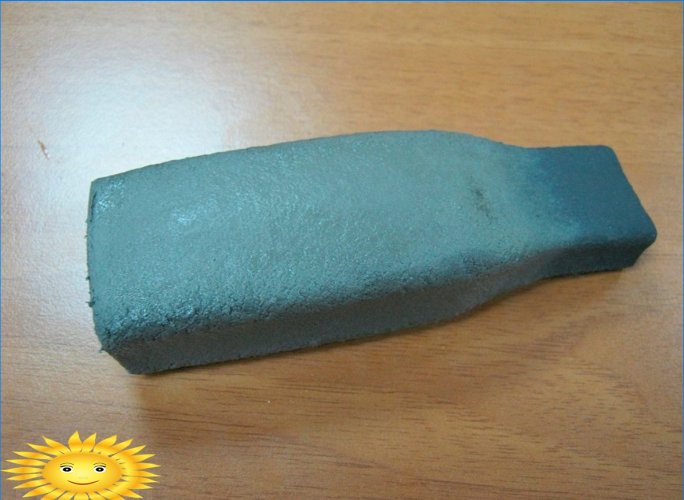

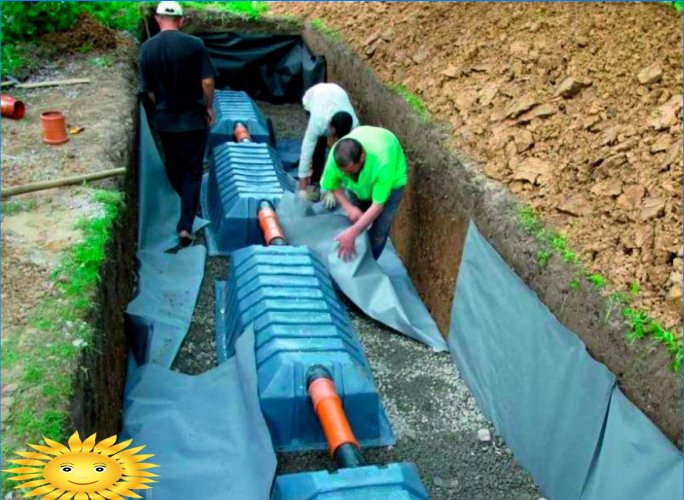
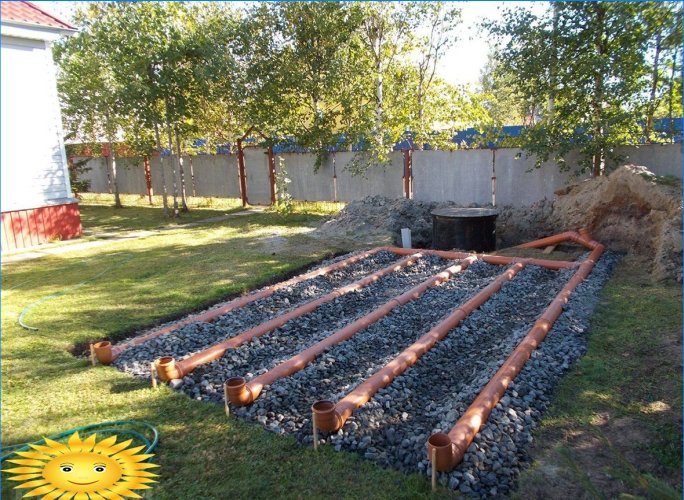
Is there a step-by-step guide available for installing a septic tank by oneself, specifically focusing on achieving a high groundwater level (GWL)?
Yes, there are step-by-step guides available for installing a septic tank on your own. However, achieving a high groundwater level (GWL) is not recommended as it can lead to various problems such as contamination of groundwater and potential damage to the tank. It is advisable to consult with a professional septic tank installer or a local regulatory authority to determine the appropriate groundwater level for your specific location and ensure proper installation.
I’m wondering if there are any comprehensive step-by-step guides or video tutorials available for installing a septic tank on my own with a high groundwater level (GWL)? Additionally, are there any specific considerations or precautions I should be aware of when dealing with a high GWL during the installation process? Any advice or recommendations would be greatly appreciated. Thanks in advance!